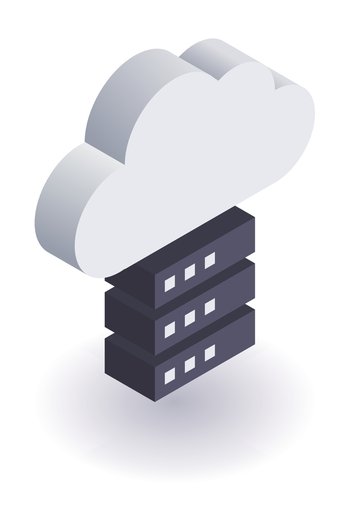Traditionally, the data center was where all your data existed as a business. This centralized set of data could then be copied and held separately for business continuity, disaster recovery and archival. However, the move to cloud and “as-a-service” applications has meant that corporate data now exists in more different places than ever before.
Cloud data management has been posited as an approach to solve this problem. While business data might be getting spread out, the secondary copies of that data for continuity, recovery and archival can be brought together in one place. The size and scale of the cloud allows companies to simplify their approach to handling data – rather than thinking about secondary sites, IT teams let the cloud service provider handle spreading data across availability zones or multiple locations.
However, this does not cover the whole problem. Alongside the technology to make the cloud suitable for this, you have to consider how to make this work as a business process. With so many applications now “as-a-service,” data management will have to build on cloud and take the same approach.
How data protection moves to cloud
For companies looking at cloud and data protection, the ability to consolidate all your disaster recovery and archiving processes into one approach is pretty interesting. Rather than running multiple products to provide elements of data protection, one approach can do it all? That sounds great!
The catch is that the majority of these services work for some platforms, rather than covering all of your data in all of the places it might reside.
Virtual machines and some physical infrastructure can have their data protection services consolidated, while companies running apps on AWS can also link up this infrastructure as well. However, this does not deal with the issue of protecting data on endpoints, or within SaaS applications.
Each user may have their own data that they create and store. Normally, this information should be stored centrally, but it can easily be overlooked. Similarly, SaaS applications like Microsoft, Salesforce or Box can create and store datasets including business critical data through to emails and customer records. These collections of data will be crucial to a business, but the methods for recovering them if something goes wrong can be lengthy. For businesses, each of these SaaS apps should have their data protected too.
Let’s take Salesforce as an example. Your customer relationships are essential, and Salesforce does a great job at hosting them. However, this does not cover events like data being deleted or corrupted, where a traditional disaster recovery plan would be invoked. If you choose to use Salesforce’s data recovery service, it can take a month to get your data back. If you can’t wait that long – and to be honest, all companies should need their customer data back far faster than that – then you have to take this responsibility on for yourself.
Managing data as-a-service
The shift to cloud services, cloud apps and more distributed workforces has been a problem, but looking at how these organizations operate can help your own data management processes too.
At the same time, business continuity planning skills are still essential. Why is this? While cloud service providers can meet high service levels and availability goals, this does not cover all the challenges that companies can face. By thinking about continuity from multiple perspectives, you can blend those critical skills around thinking through problems with support from new technology. Using this approach, you can achieve better results.
Data Management-as-a-Service, or DMaaS, involves three elements:
- Data Protection – this covers the duplication and management of secondary copies of data for continuity, recovery and archival purposes. What is different is that this approach involves thinking about all your data, wherever it happens to be, rather than looking at site specific platforms or one-to-one services.
- Data Governance – this involves understanding the rules and compliance frameworks that you have to meet. Whether you are a large enterprise or a small one, or a public sector organization, there will be specific rules on data handling that you will have to adhere to. Where DMaaS can make a difference is by unifying visibility and policies across your data to ensure alignment and speeding response to inquiries.
- Data Intelligence – once you have all this data coming in and being managed, you can start to think about what other processes can be supported. Building up insight into what is taking place across your organization with regards to data can be useful for analytics and insight. For example, spotting an unusual pattern of behavior around files can flag a ransomware incident, or a user carrying out activity that is suspicious.
From an infrastructure perspective, DMaaS strategies rely on how well you can support all the different platforms where company data is created and stored over time. Rather than centralizing data protection internally, it’s important to look at where data sets exist and then how to link this up effectively. With many companies moving to cloud for their apps, whether these are on Platform-as-a-Service or Infrastructure-as-a-Service offerings, or run as SaaS apps, the cloud becomes the natural home for this.
For internal teams and data center managers concerned with data protection, becoming “as-a-service savvy” themselves will be essential. The shift to decentralized IT has led to more copies of data existing in different places. With this change taking place, it will be very difficult to build consistent business continuity and compliance processes based solely on traditional technologies. Moreover, the cost to delivery this will be higher. By looking at cloud and DMaaS, IT infrastructure and data center teams can manage data effectively, even as it spreads more widely and across more platforms.


